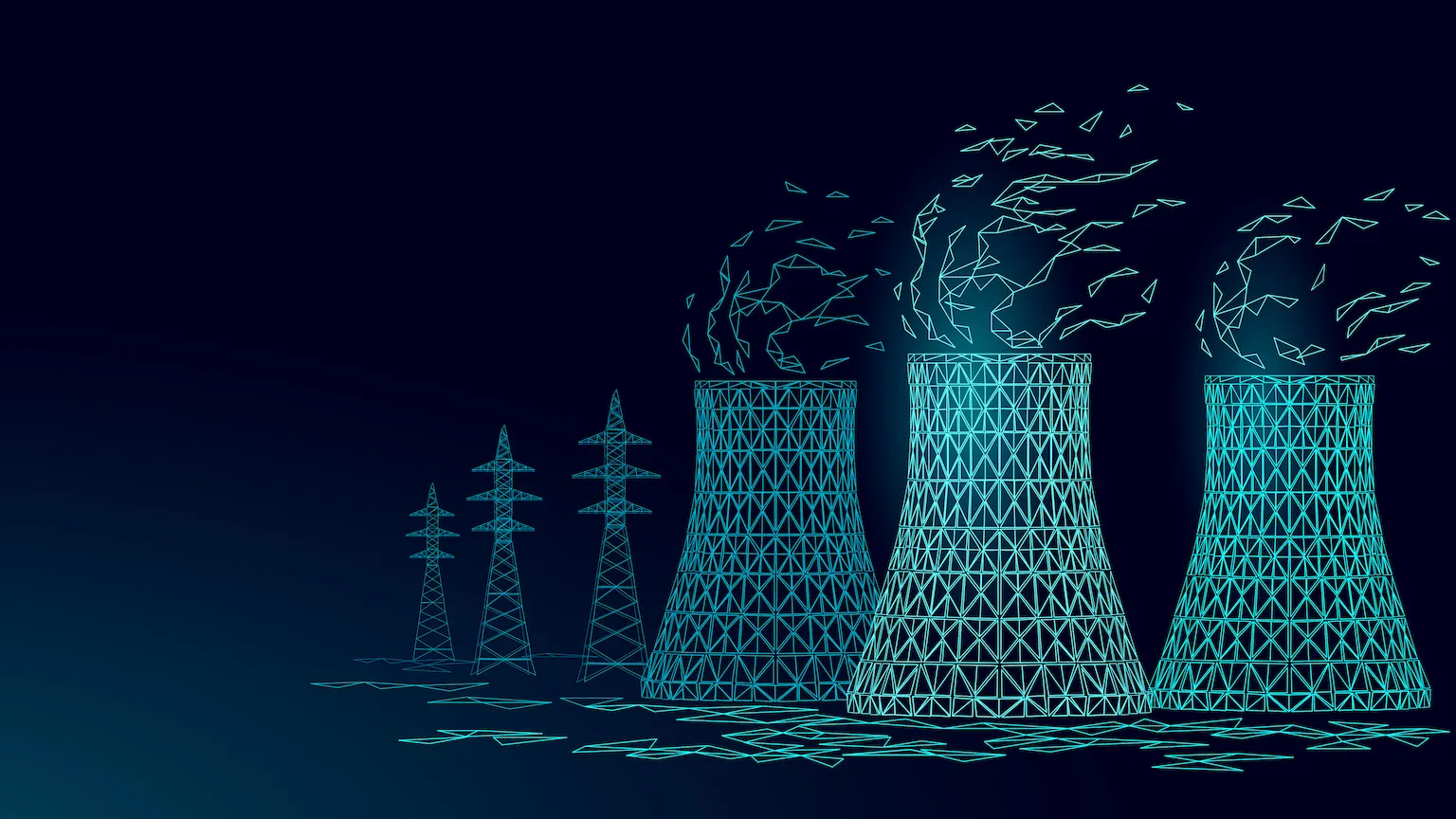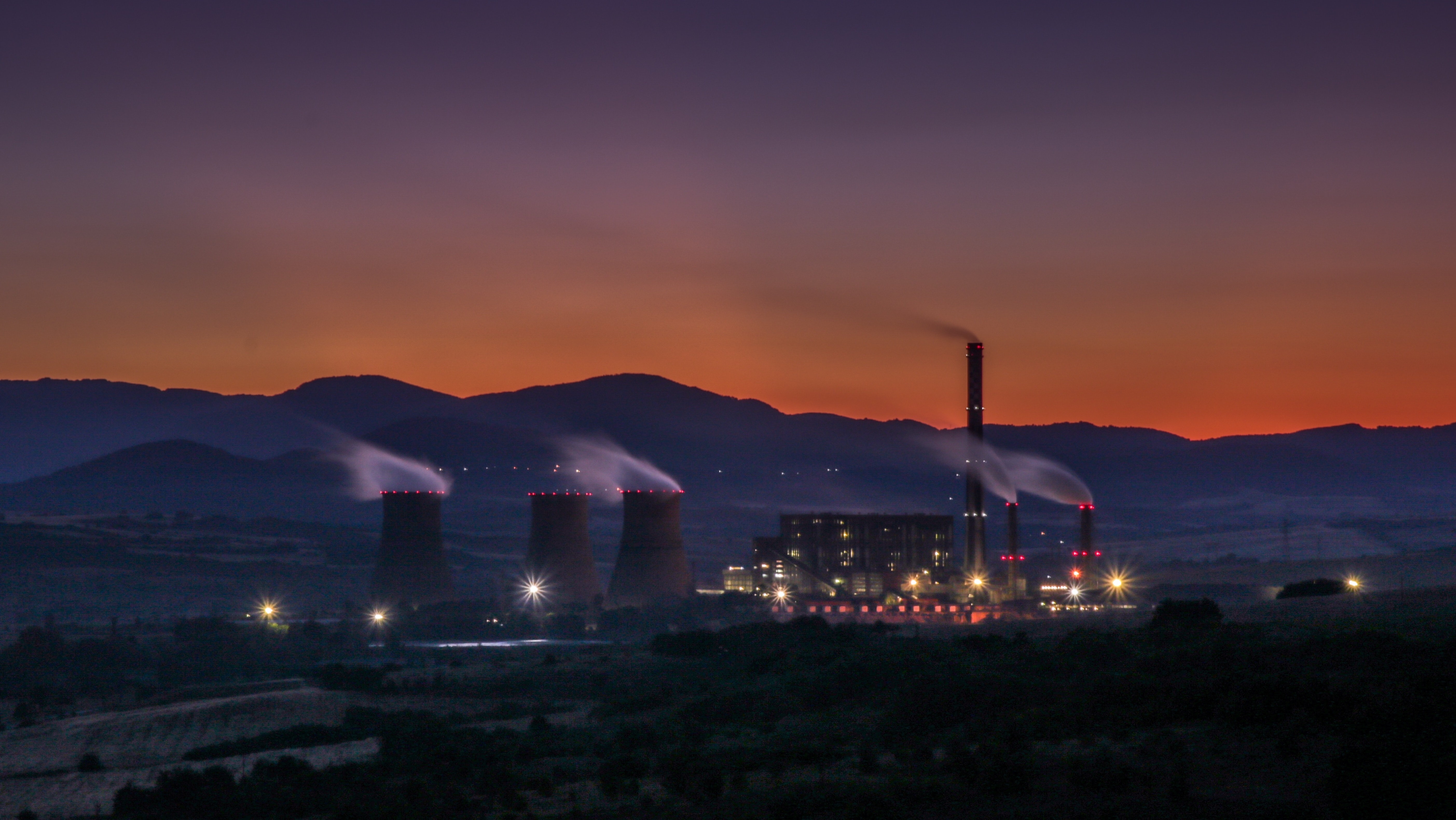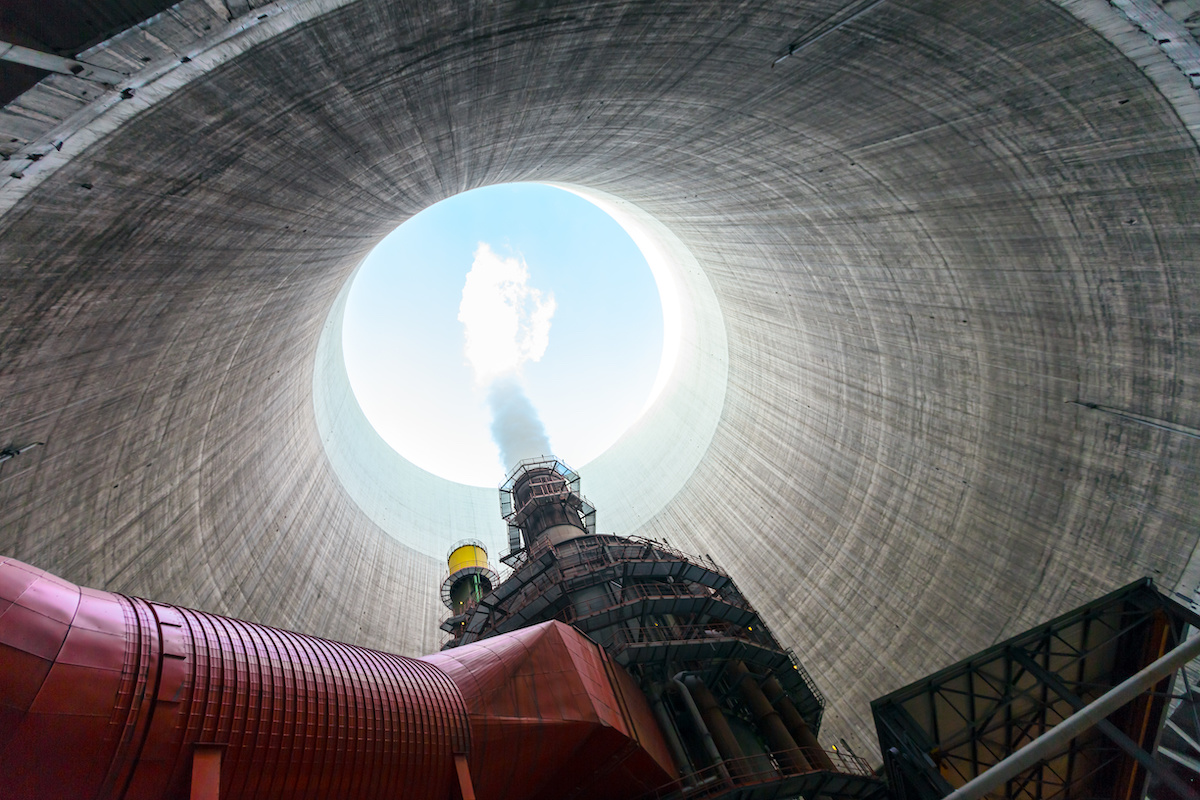It’s time for a nuclear renaissance

- The phasing out of fossil fuels is going to take a lot longer than people hope.
- Decarbonization of the global economy will be impossible without nuclear power.
- Several strategies should be implemented to increase the safety, decrease the cost, and maximize the benefits of nuclear power.
Nuclear power has finally gotten a seat at COP26, the UN’s Climate Change Conference. Whether this grudging recognition of the importance of nuclear power will actually translate into action is uncertain, but it could be a very positive development. The phasing out of fossil fuels is going to take a lot longer than people hope. (Indeed, India just committed to goals to be met by 2070.) Given the significant advances in nuclear power plant design that have improved efficiency and safety, now is a great time to move forward with a nuclear renaissance — and the first step is to stop shutting down serviceable plants that are currently in operation.
The world’s energy demand is such that solar and wind power cannot satisfy it. A comprehensive analysis conducted at M.I.T. in 2018 concluded that although a number of low- or zero-carbon technologies can be advantageously employed in various combinations, nuclear is virtually essential as a contributing low-carbon technology. Without it, “the cost of achieving deep decarbonization targets increases significantly.” In other words, it would be almost impossible to decarbonize without it.
How can we go about reversing the trend? The analysis provides several recommendations to decrease cost, increase safety, and maximize the benefits of nuclear:
Implement best practices for project and construction management. This should decrease the probability of delays and other problems in getting new nuclear power plants online. The solution entails using proven supply chains and skilled workers and obtaining flexibility from regulators to accommodate changes in design.
Move away from field construction to serial, assembly-line manufacturing of standardized plants. Modular construction in factories should play a major role in the production of new power plants. Just like in automobile manufacturing, the standardization of parts makes the final product safer, cheaper to produce, and easier to fix. New plants can also benefit from several other advances, such as improvements in materials (like concrete and steel) as well as seismic isolation technology.
Build plants with inherent and passive safety features. Power plants should be resilient against human error (which was the cause of the Chernobyl disaster). The best way to do that is to build plants that need little to no external intervention if things go awry. Indeed, it is possible to build plants that do not require emergency cooling and that simply shut off automatically. Additionally, facilities can be constructed with materials that have high heat capacity (which means they can absorb a lot of heat before their temperature increases) and high physical and chemical stability (which means they won’t warp or explode).
Increase the speed and efficiency of licensing reviews. The best way to do this is to implement the assembly-line production of modular nuclear reactors. Once a standardized process is in place, it is far easier to approve.
Treat nuclear and renewable energy equally. Governments should not favor one technology over another in terms of subsidies or regulation. On a level playing field, nuclear can compete just fine with other sources of energy.
Increase government funding for research and development and prototype testing. Everyone benefits from increases in R&D spending. Universities get the money they need to do research, new technologies and innovations are spun out, and both society and the climate benefits.
What are we waiting for? Let’s get started.





